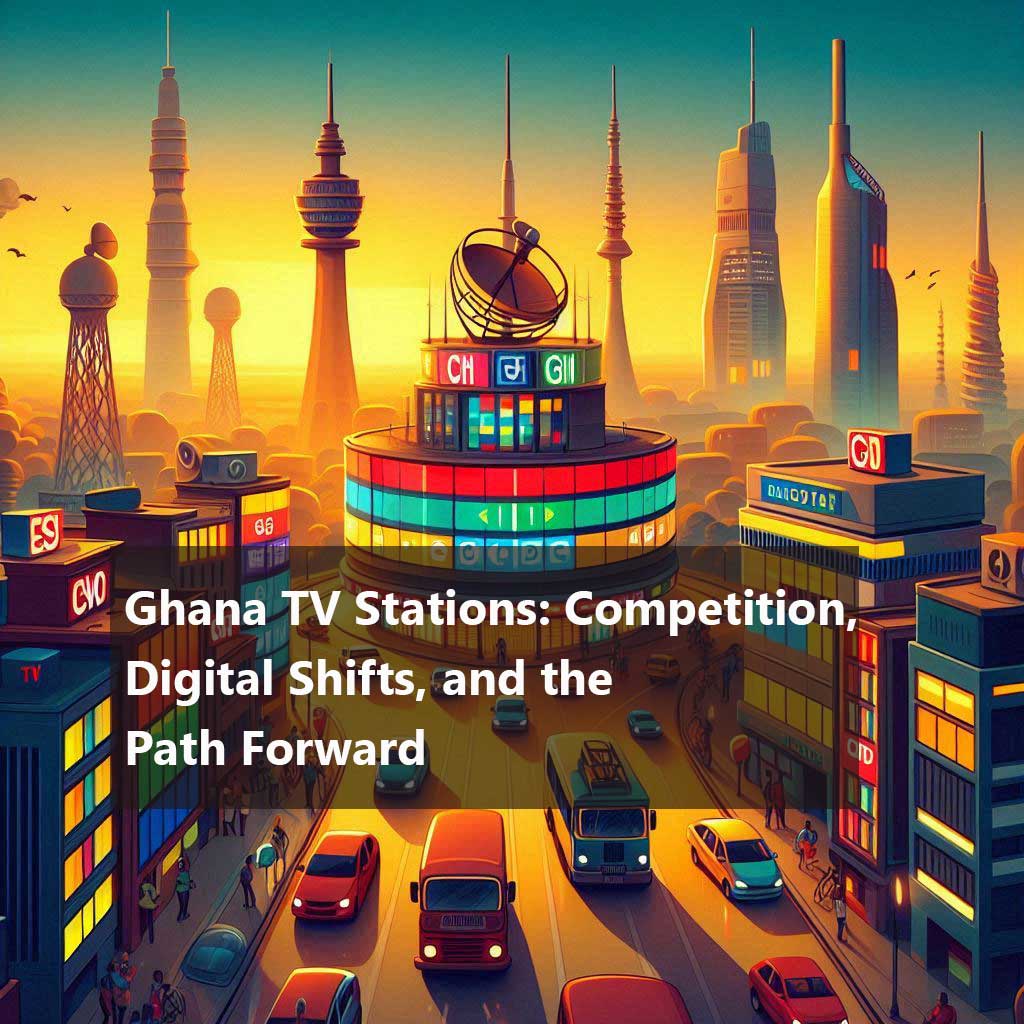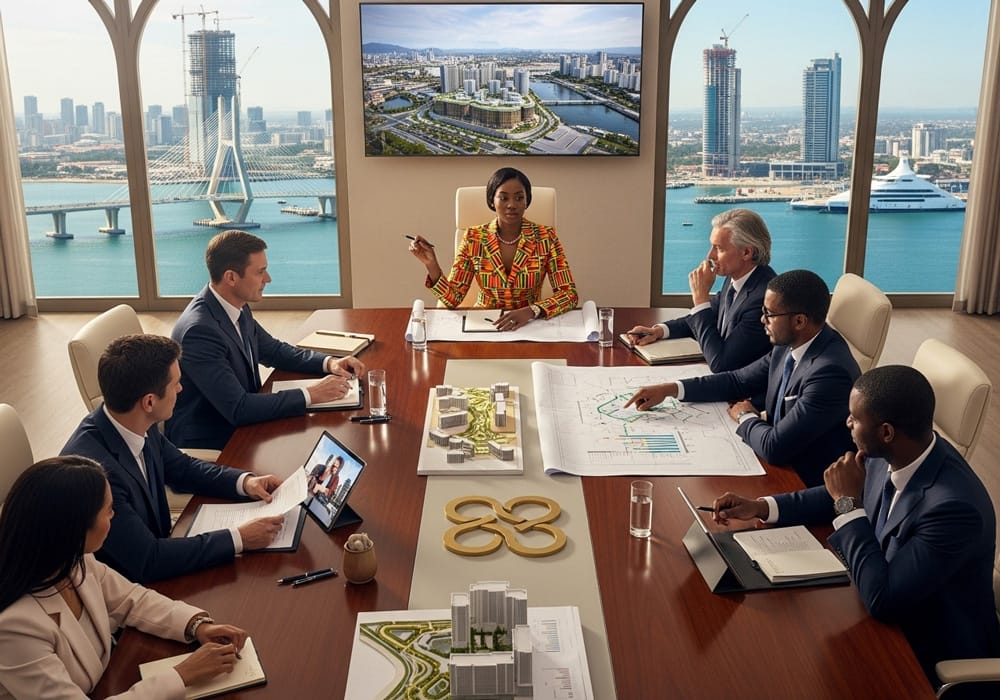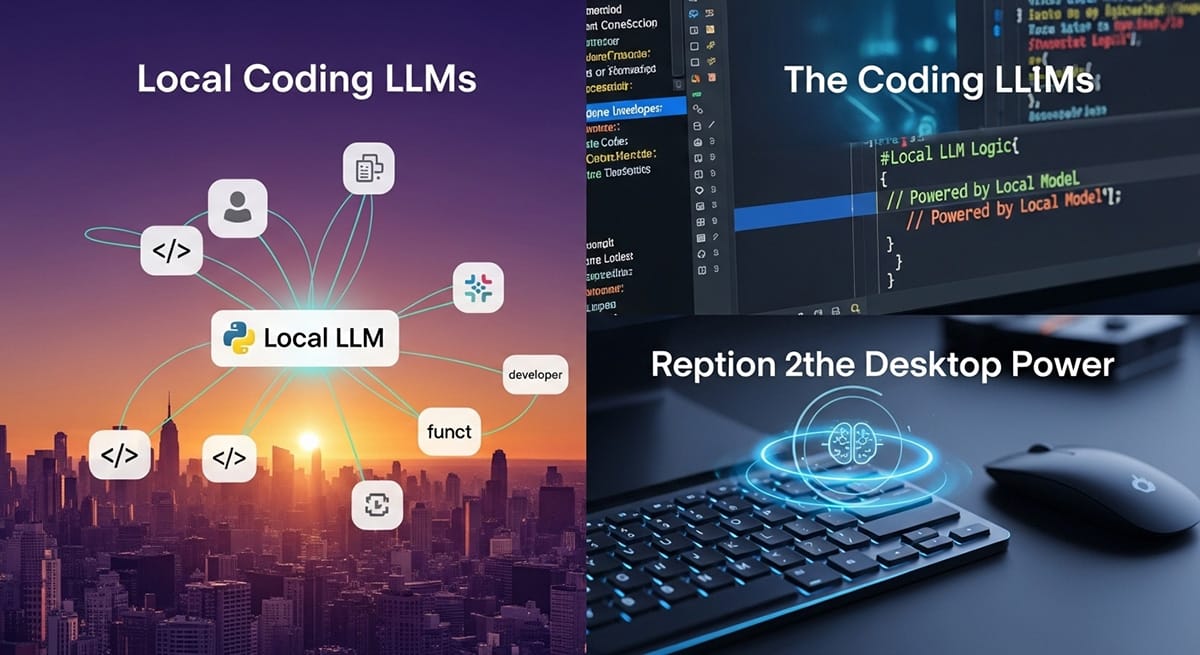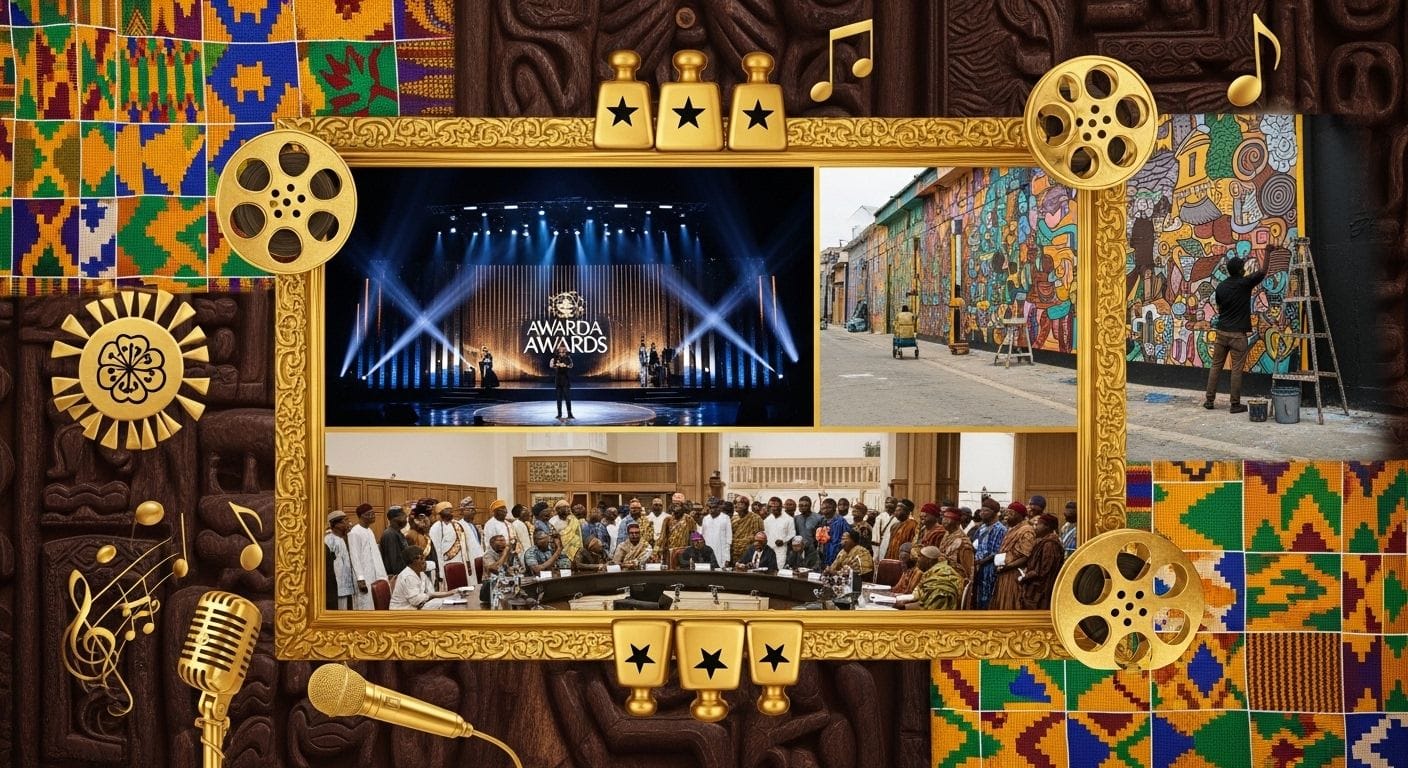The television landscape in Ghana is undergoing a transformation driven by evolving consumer preferences, technological advancements, and increased competition from over-the-top (OTT) platforms.
This article provides a comparative analysis of the top TV stations in Ghana in Ghana, examining their market shares, advertising revenues, and operational challenges.
It also explores the strategies these stations are employing to navigate these challenges and ensure future growth.
Market Share and Advertising Revenue
The top TV channels in Ghana, including TV3, Adom TV, Max TV, UTV, and Joy Prime, collectively reach an estimated daily viewership of 13.4 million people, representing 90% of the population.
These stations generate substantial revenue from advertising, as television remains the leading platform for advertising expenditure compared to radio and digital media.
However, the concentration of ownership among a few major players, such as Multimedia Group, Media General Ghana Limited, and the state-owned Ghana Broadcasting Corporation, raises concerns about programming diversity and equitable representation.
Challenges from OTT Platforms
Ghanaian TV stations face significant challenges, notably the decline in advertising revenue due to competition from streaming services.
The global shift towards on-demand content has made it difficult for traditional broadcasters to retain advertisers, especially given the rising costs of programming, particularly sports rights. For example, Netflix’s acquisition of WWE’s ‘Monday Night Raw’ highlights how OTT platforms are securing exclusive content that was once a staple of linear TV.
In contrast, Ghanaian stations struggle with rising retransmission fees and limited budgets, hindering their ability to compete with international providers that offer premium sports broadcasts at competitive prices.
Furthermore, user-generated content (UGC) platforms attract advertisers by offering cost-effective alternatives to traditional TV advertising.
To address this, some Ghanaian stations are experimenting with hybrid models that incorporate UGC or diversify revenue streams through merchandising and localized programming.
Upgrading technological infrastructure is another critical challenge for Ghanaian TV stations. While there is increasing demand for smart TVs with high-definition (HD) and 4K resolution, investments in satellite, terrestrial, or IPTV transmission systems are limited by high costs and regulatory barriers.
The relatively low per capita spending on television-related products in Ghana reflects affordability constraints that impede the adoption of advanced technologies.
Inconsistent internet connectivity and high data costs also contribute to the Digital divide, particularly in rural and low-income areas where access to online content is limited.
Initiatives like the Rural Broadband Initiative could help bridge this gap, enabling TV stations to expand their reach and deliver live broadcasts more effectively.
Operational Challenges
Ghanaian TV stations also face operational challenges, including funding limitations and political interference, which can compromise editorial independence and programming diversity.
The close ties between high-level politicians and media organizations raise concerns about biased reporting and compromised journalistic integrity.
Additionally, women are underrepresented in ownership and leadership roles within the media sector, limiting diverse perspectives in decision-making.
Addressing these systemic inequities requires stronger regulatory frameworks that promote transparency, prevent cross-media ownership, and foster inclusive workplace cultures.
Strategies for the Future
Despite these challenges, some TV stations are demonstrating resilience through innovation and collaboration. Strategic partnerships between traditional broadcasters and tech companies like Apple, Google, and Amazon can unlock new revenue streams and enhance accessibility.
In Ghana, alliances with local internet service providers could enable TV stations to bundle streaming services with traditional broadcasts, appealing to tech-savvy audiences and ensuring long-term relevance.
Leveraging social media platforms and interactive apps can also help stations engage younger viewers who prefer online content over traditional broadcasts.











